ZegnArt enlists Reena Kallat to create a site-specific artwork in Mumbai

Delhi born, Mumbai-based artist Reena Kallat has made a career out of ironising the often hair-tearing world of bureaucracy. Since her start in the mid-1990s, the key tool to this trade has been a rubber stamp. Seemingly innocuous, the pocket accessory for public officials across the globe, is a certain visual cue that you're in for a protracted, painful wait in a government-run room with bad lighting.
Kallat loves the simple, yet heavily charged, symbolism of a rubber stamp. Whether printing its inky effects, collaging it into mosaic portraits or stacking 30,000 individual stamps (each bearing citizenship information on immigrants in Pakistan and India) as she did for her colossal 'Untitled (column)', log sculpture in 2011, the stamps instantly conjure the idea, as she puts it, 'of the individual in a sea of humanity.'
The artist's engaging social and political themes have put her on the short list of 'ones to watch' in her native India. It's no surprise, therefore, that Ermenegildo Zegna, purveyor of the world's finest wool fabrics and finished suits, cherry picked her out of the national talent pool as the first artist to ignite its ZegnArt Public project.
One of three art initiatives under the ambitious new ZegnArt umbrella, Public commissions one artist in three emerging markets - India in 2013; Turkey and Brazil in 2014 - for a piece that will then be donated to a museum within their native home. The ambitious project aims to support both radar skipping talent as well as local institutions that are in need of a boost.
'It's ironic that in a city as big as Mumbai where there are vast spaces, there aren't many opportunities for public art,' Kallat said during her most recent visit to the Zegna headquarters in Milan, where she praised Zegna's initiative. 'Museums can play a role beyond conservation. They can help build communities where all religions and classes can come together. I want to engage the city at large.'
Luckily for her, she will, thanks to Zegna and the site-specific piece she was commissioned to create for the Dr Bhau Daji Lad Museum in Mumbai. The work, 'Untitled (Cobweb/Crossing)' will be unveiled during an exhibition on 2 March.
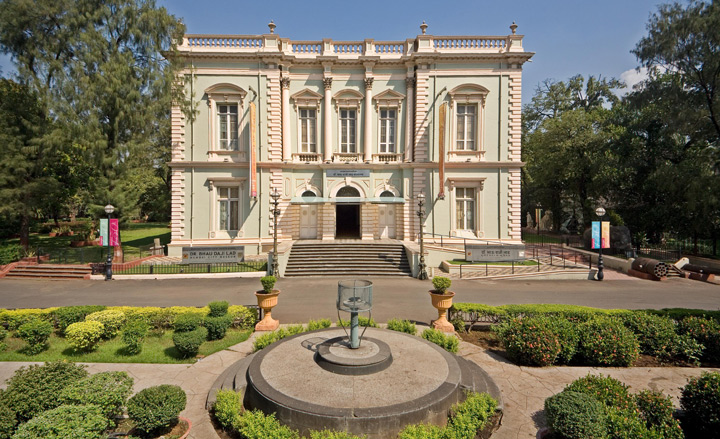
The Dr Bhau Daji Lad Museum is Mumbai's oldest museum, home to collections that document the applied arts and everyday life of the city in the 19th century. The Museum also has an ambitious contemporary art programme, under the direction of Tasneem Mehta
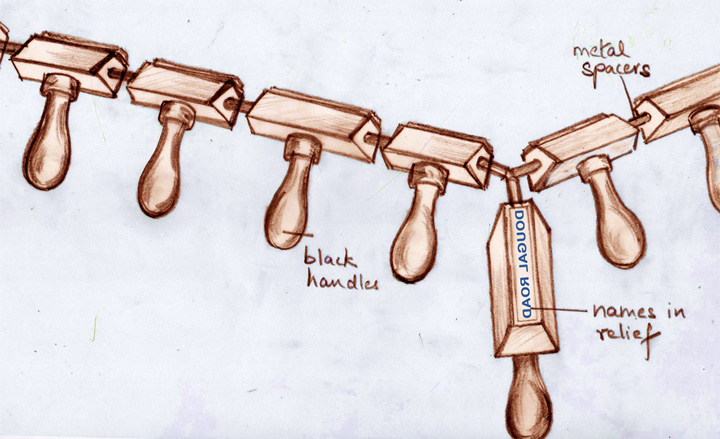
A sketch of the installation, named 'Untitled (Cobweb/Crossing)

Kallat loves the seemingly simple, yet heavily charged, symbolism of a rubber stamp - the pocket accessory for public officials across the globe - which she is recreating in wood for her new site-specific installation
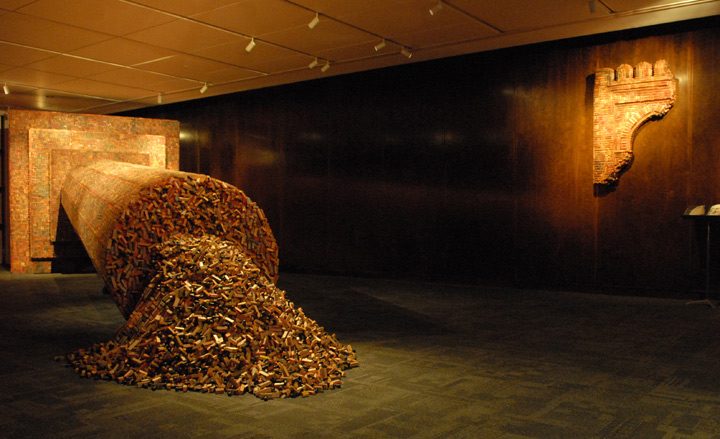
Past works by Kallat include 'Untitled (column)', 2011

'Untitled (map drawing)' (detail), 2011
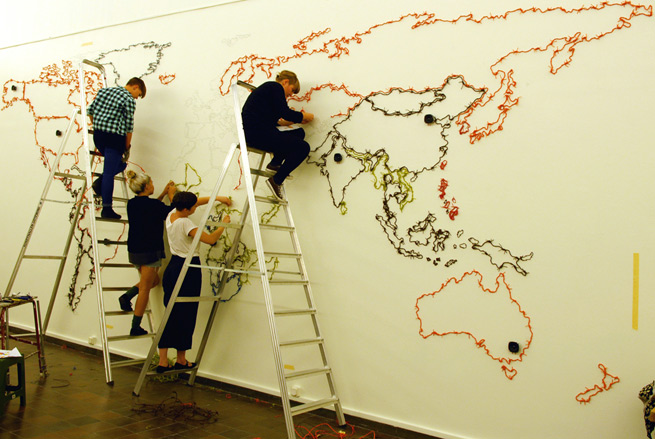
'Untitled (map drawing)', pictured under construction
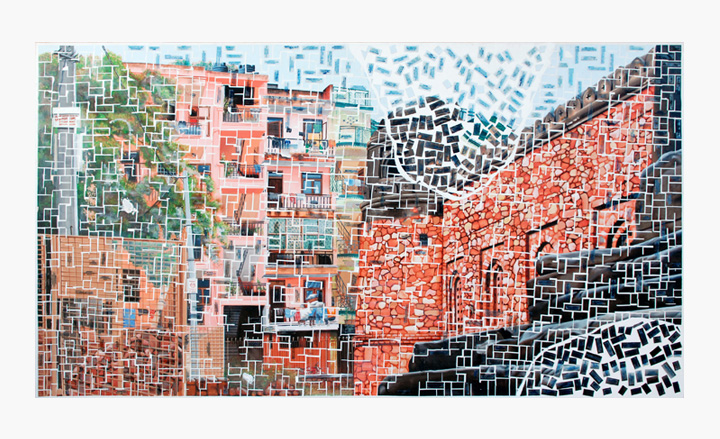
'Falling Fables', 2011
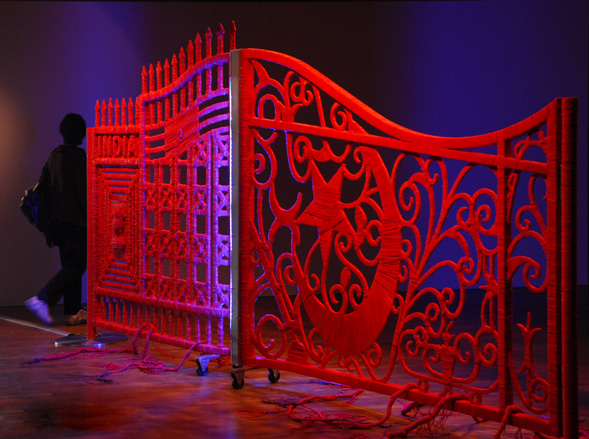
'Light leaks, winds meet where the waters spill deceit', 2008-10

'Colour Curtain (between shores and the seas)', 2009

'Synonym' (left), 2007-9, and detail view (right)
Receive our daily digest of inspiration, escapism and design stories from around the world direct to your inbox.
JJ Martin
-
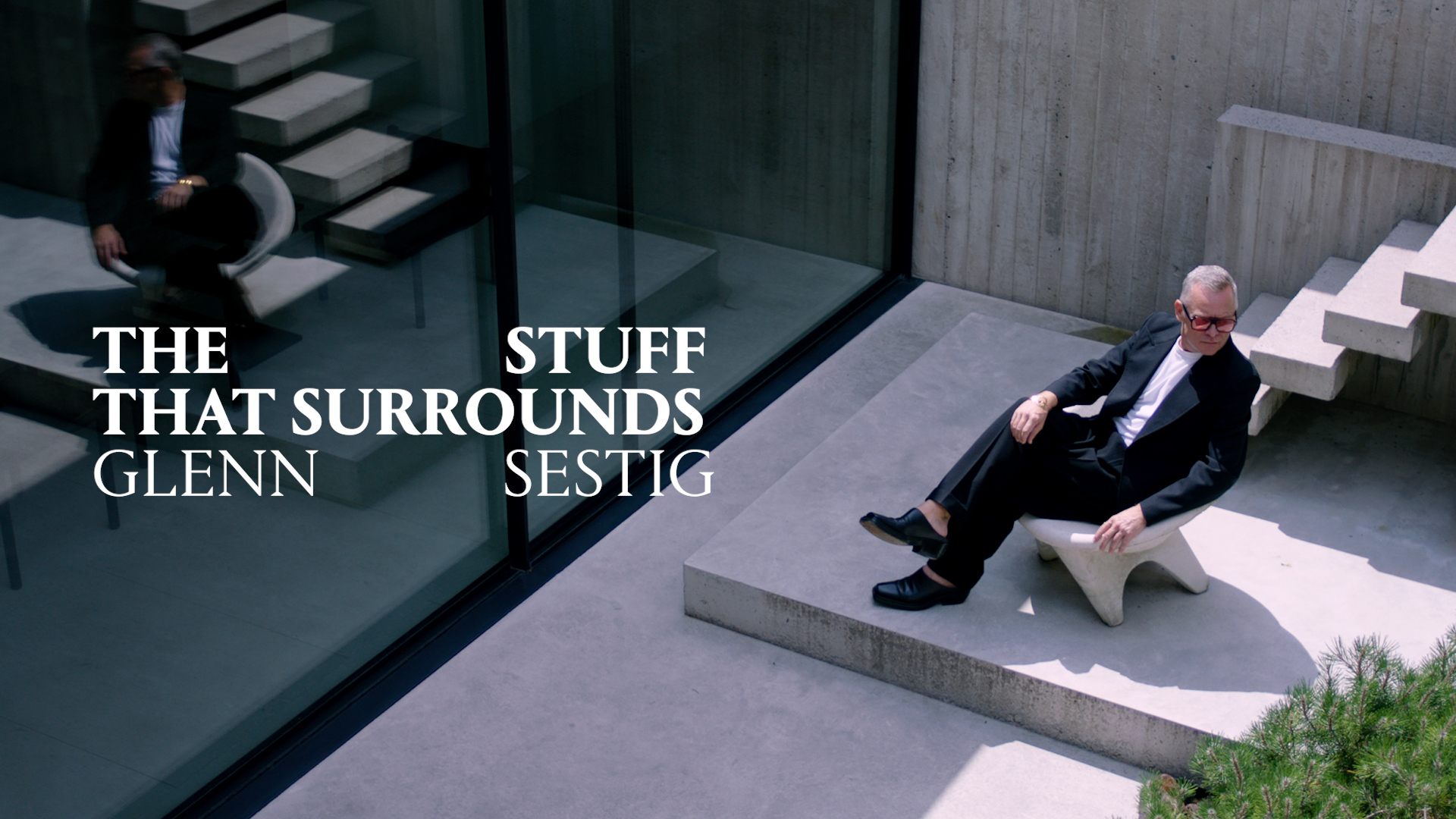 The Stuff That Surrounds, episode three: Inside the home of architect Glenn Sestig
The Stuff That Surrounds, episode three: Inside the home of architect Glenn SestigIn The Stuff That Surrounds, Wallpaper* explores a life through objects. This episode, we’re invited inside an architectural gem – just what you'd expect from one of the most distinctive voices in the field today
-
 Germane Barnes just transformed a humble Indiana parking garage into an enormous sub-woofer system
Germane Barnes just transformed a humble Indiana parking garage into an enormous sub-woofer systemWith Joy Riding, the Miami-based designer’s installation at Exhibit Columbus, Barnes celebrates togetherness by evoking Black car culture
-
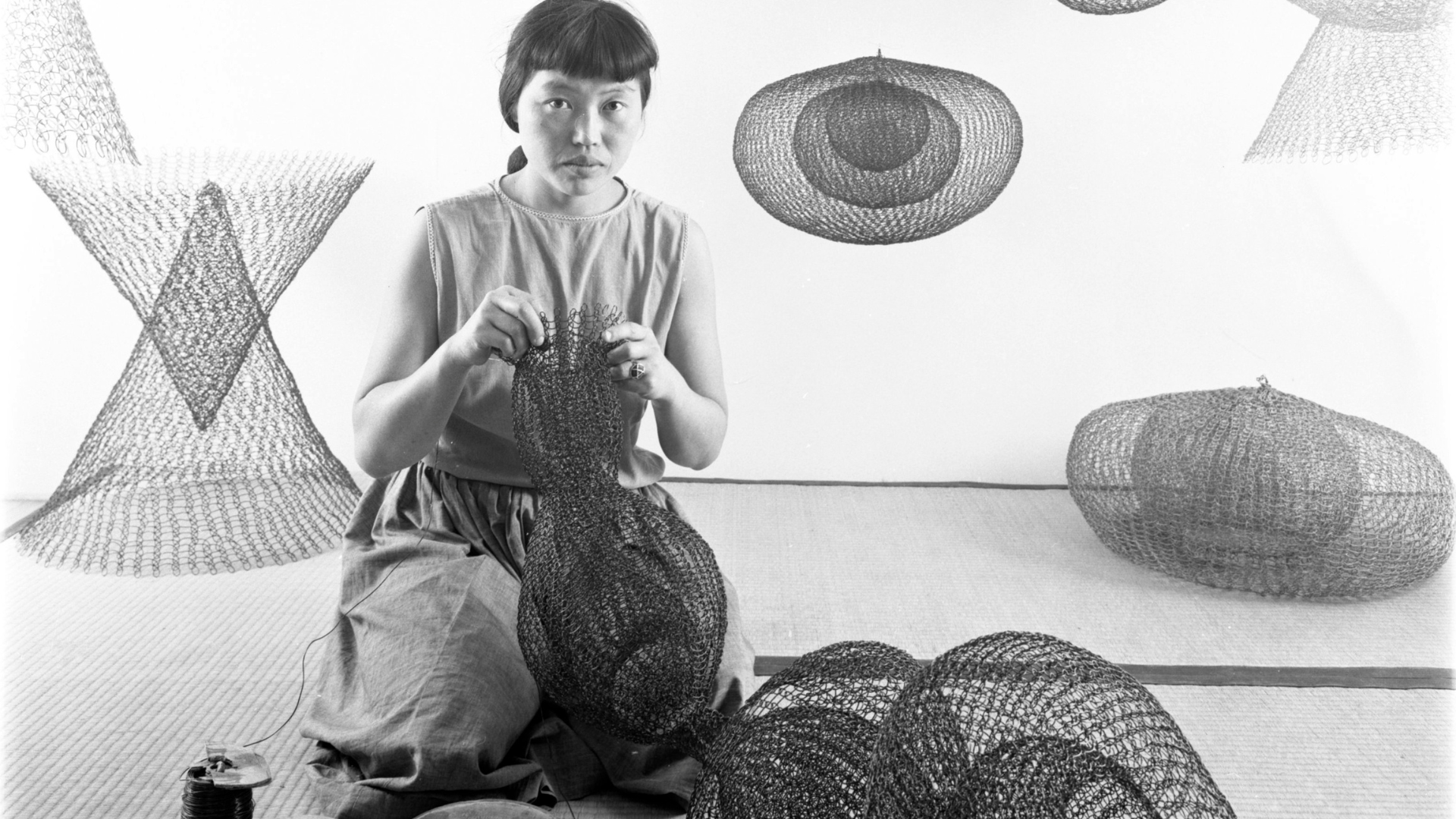 The best Ruth Asawa exhibition is actually on the streets of San Francisco
The best Ruth Asawa exhibition is actually on the streets of San FranciscoThe artist, now the subject of a major retrospective at SFMOMA, designed many public sculptures scattered across the Bay Area – you just have to know where to look
-
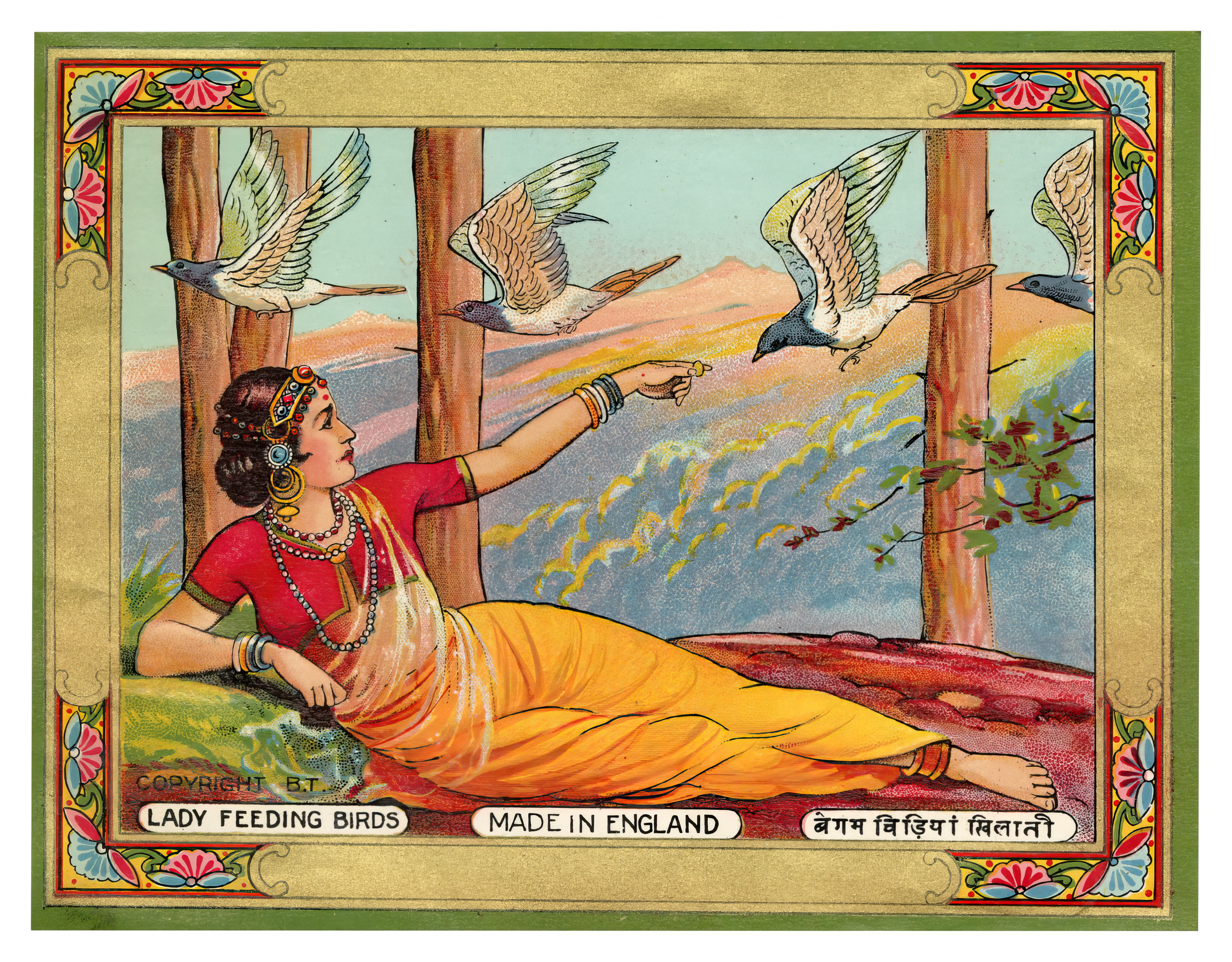 The art of the textile label: how British mill-made cloth sold itself to Indian buyers
The art of the textile label: how British mill-made cloth sold itself to Indian buyersAn exhibition of Indo-British textile labels at the Museum of Art & Photography (MAP) in Bengaluru is a journey through colonial desire and the design of mass persuasion
-
 Inside India’s contemporary art scene
Inside India’s contemporary art sceneEmerging and established artists are bringing the spotlight to India, where Aastha D attended the recent India Art Fair
-
 Kyle Bell's films are an expression of the indigenous experience in America
Kyle Bell's films are an expression of the indigenous experience in AmericaKyle Bell, who was mentored by Spike Lee as part of Rolex's Mentors and the Protégés programme, is a self-taught video maker from Tulsa, Oklahoma
-
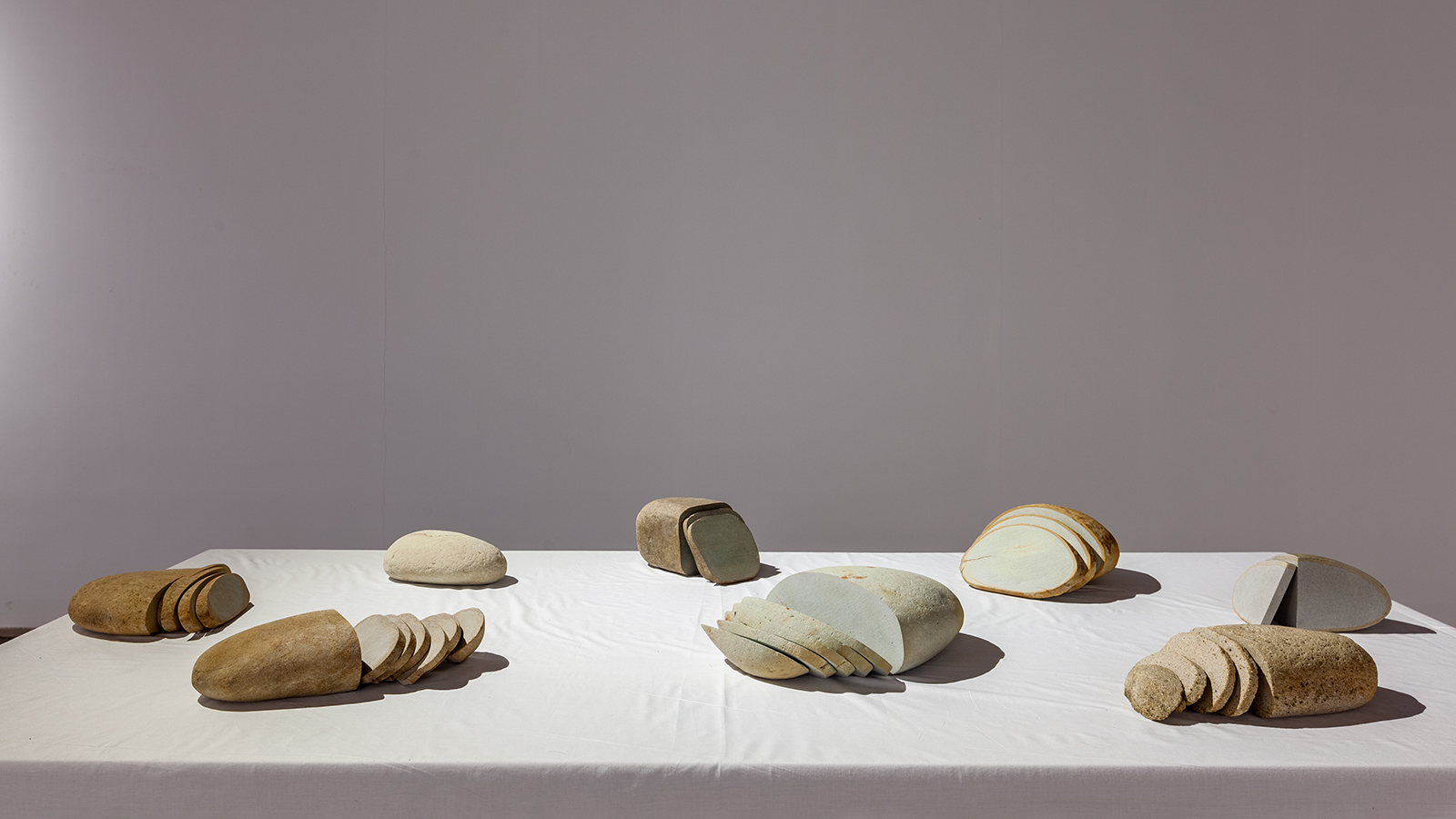 ‘In Our Veins Flow Ink and Fire’: a fervent return for India’s Kochi-Muziris Biennale
‘In Our Veins Flow Ink and Fire’: a fervent return for India’s Kochi-Muziris BiennaleIn its fifth edition, the postponed Kochi-Muziris Biennale surpasses the intersectional, collaborative essence of previous editions, writes Aastha D
-
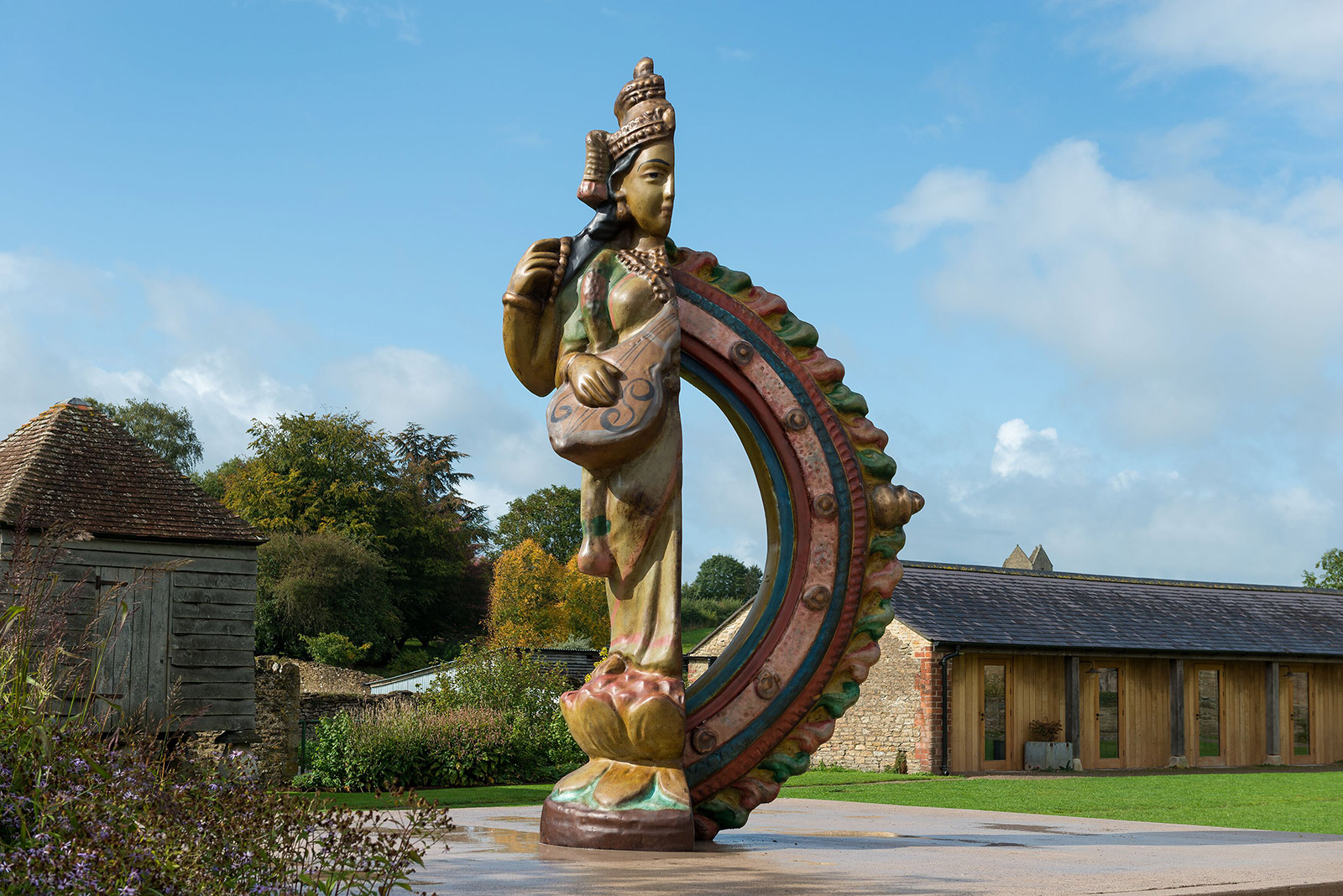 Bharti Kher escapes to Somerset in search of solitude
Bharti Kher escapes to Somerset in search of solitudeThe New Delhi-based artist presents an exhibition of new installation, painting and sculpture work following her 2017 residency at Hauser & Wirth Somerset
-
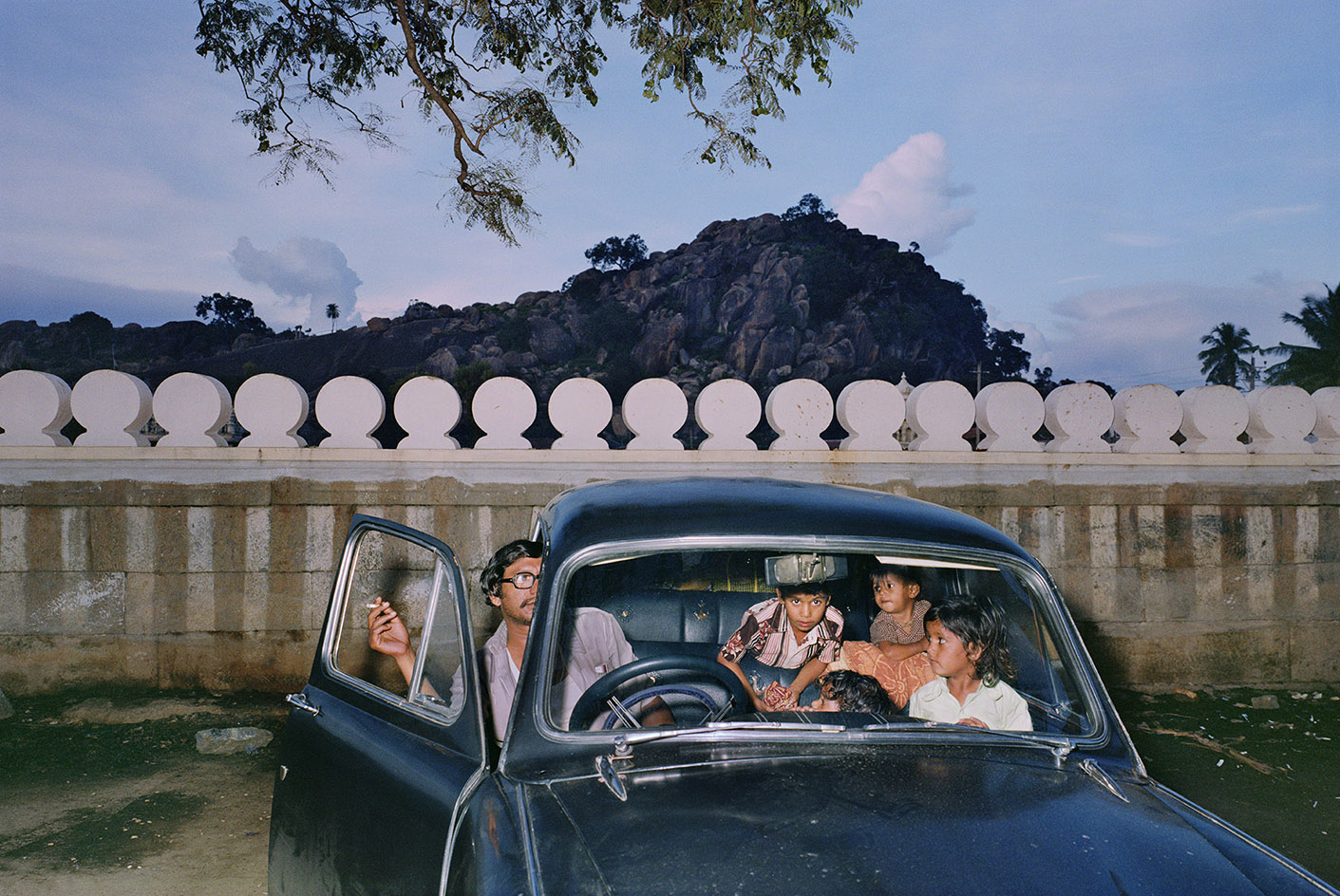 The Science Museum celebrates India’s scientific and cultural fabric with two illuminating shows
The Science Museum celebrates India’s scientific and cultural fabric with two illuminating shows -
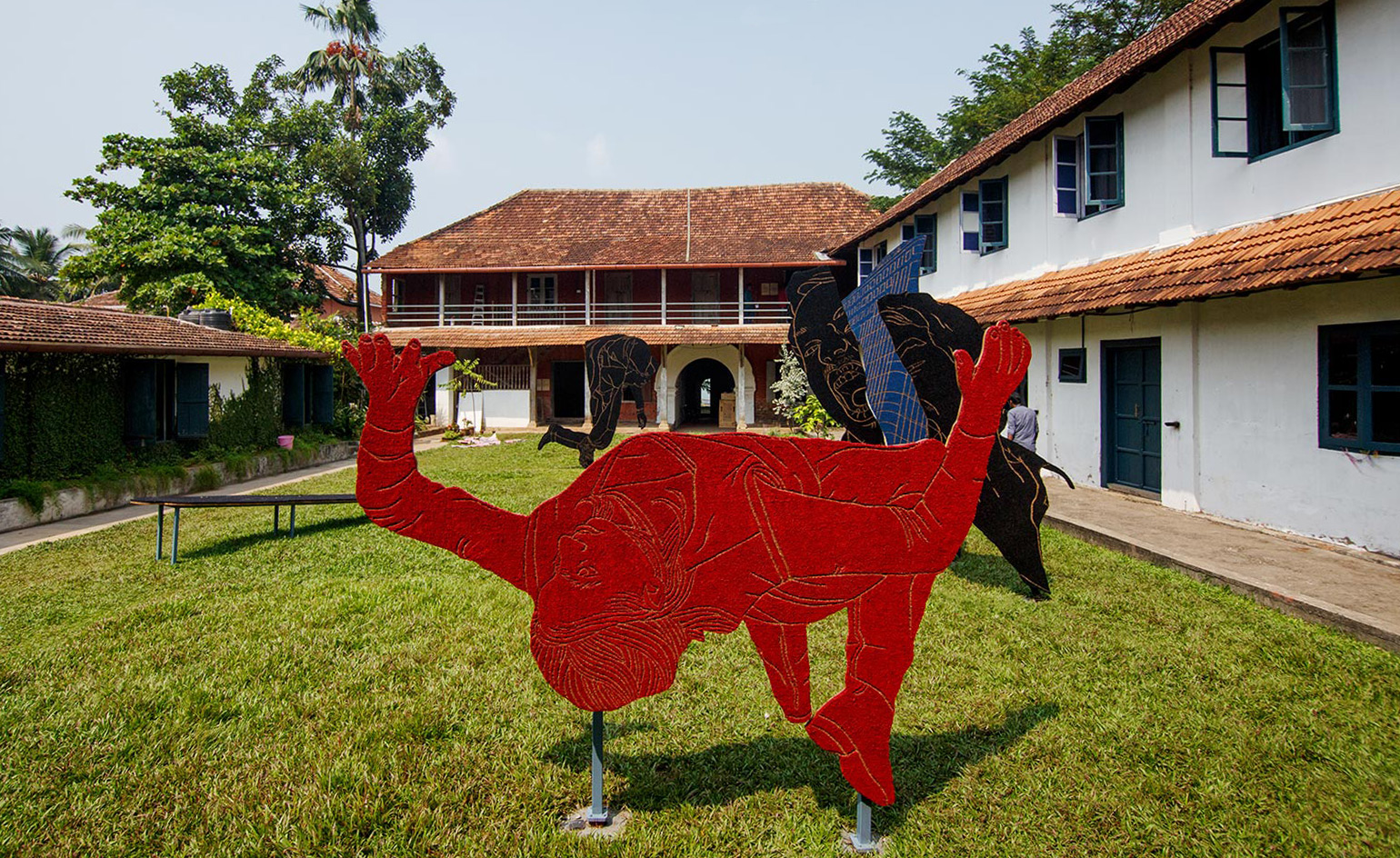 A colonial warehouse in Kerala hosts the third Kochi-Muziris Biennale
A colonial warehouse in Kerala hosts the third Kochi-Muziris Biennale -
 Special argent: a silvered family house holds its own at French sculpture park Domaine du Muy
Special argent: a silvered family house holds its own at French sculpture park Domaine du Muy